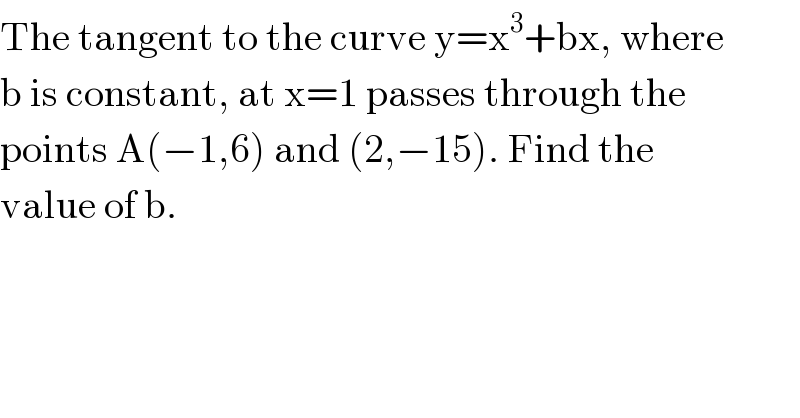Question Number 56738 by pieroo last updated on 22/Mar/19

Answered by tanmay.chaudhury50@gmail.com last updated on 22/Mar/19

Commented by pieroo last updated on 22/Mar/19

Commented by tanmay.chaudhury50@gmail.com last updated on 22/Mar/19

